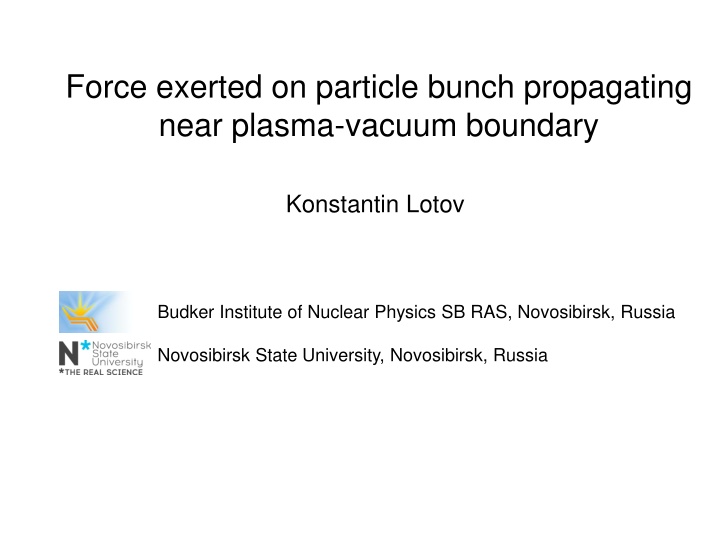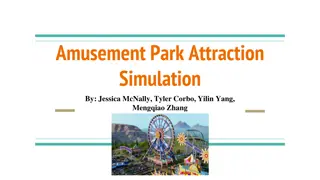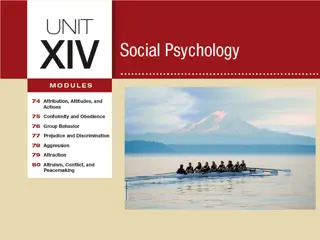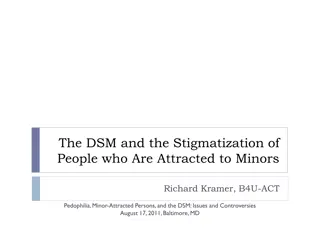
Force Exerted on Particle Bunch Near Plasma-Vacuum Boundary
Explore the force exerted on a particle bunch near the plasma-vacuum boundary as discussed by Konstantin Lotov at the Budker Institute of Nuclear Physics. The problem, mathematical formulation, and solution path are detailed, highlighting the classical nature of the problem and challenges faced in reproducing and reviewing earlier works.
Download Presentation

Please find below an Image/Link to download the presentation.
The content on the website is provided AS IS for your information and personal use only. It may not be sold, licensed, or shared on other websites without obtaining consent from the author. If you encounter any issues during the download, it is possible that the publisher has removed the file from their server.
You are allowed to download the files provided on this website for personal or commercial use, subject to the condition that they are used lawfully. All files are the property of their respective owners.
The content on the website is provided AS IS for your information and personal use only. It may not be sold, licensed, or shared on other websites without obtaining consent from the author.
E N D
Presentation Transcript
Force exerted on particle bunch propagating near plasma-vacuum boundary Konstantin Lotov Budker Institute of Nuclear Physics SB RAS, Novosibirsk, Russia Novosibirsk State University, Novosibirsk, Russia
K.Lotov, EAAC-2019, Elba, Italy, 17.09.2019, slide 2 of 10 Where does the problem come from? Parallel beams Misaligned beams E Adli et al, New J. Phys. 18 (2016) 103013 P. Muggli et al, PRST-AB 4, 091301 (2001) Side injected witness beams N. Mosch ring et al, https://doi.org/10.1088/1361-6587/ab411e
K.Lotov, EAAC-2019, Elba, Italy, 17.09.2019, slide 3 of 10 How the problem is formulated mathematically? A point charge is moving parallel to the plasma boundary in z- direction with velocity c (if with v, everything is similar, but the result is longer) x y Plasma responds linearly, all perturbations are small d Permittivity, of vacuum d of plasma y We want to find all fields everywhere x If the charge is in plasma, everything is the same but indexes 1 2 Because of the linear response, we can then find the fields produced by any beam by integrating elementary fields of point charges
K.Lotov, EAAC-2019, Elba, Italy, 17.09.2019, slide 4 of 10 The problem looks like a classical one, so the solution may be in old journals:
K.Lotov, EAAC-2019, Elba, Italy, 17.09.2019, slide 5 of 10 Unfortunately, authors of that time were very brief, and papers full of misprints, so we reproduced the solution (see next slide) ideas of solution problem definition result review of earlier works essence of result
K.Lotov, EAAC-2019, Elba, Italy, 17.09.2019, slide 6 of 10 The same result, but at the modern detail level: Reproduction of old results (1error + 1 misprint found) Calculation of wakefield potentials The idea of solution: 3 waves (similar to incident, transmitted and reflected waves), the incident wave is that of a point charge in free space, the reflected and transmitted waves decrease with distance from the boundary tangential field components are matched at the boundary this is to be done for separate Fourier harmonics of the fields, as reflectance is different for different frequencies Difficulty (and novel thing): to combine Fourier harmonics back and obtain fields in real space x y d
K.Lotov, EAAC-2019, Elba, Italy, 17.09.2019, slide 7 of 10 The solution Most conveniently presented in terms of wakefield potential , the force acting on an axially moving ultra-relativistic charge is x y Point charge q in vacuum creates (at <0) d d y x Point charge q in plasma: wakefield of reflection charge usual wakefield surface wave We cannot make the final integration, so the analysis is tricky
K.Lotov, EAAC-2019, Elba, Italy, 17.09.2019, slide 8 of 10 If the charge is close to the boundary (d << c/ p): non-integrable dependence on d different periodicity x attraction + defocusing y d focusing x q Q d The force linearly grows with distance from the drive charge y x repulsion + focusing defocusing strong focusing by wakefields
K.Lotov, EAAC-2019, Elba, Italy, 17.09.2019, slide 9 of 10 Cross-check, theory vs simulations (A.Petrenko with A.Pukhov s code) Cold high-energy Gaussian e-beam crosses the plasma boundary at a shallow angle, the transverse momentum gained is compared with the theory Boundary crossing is at z=300 attraction of electrons located close to axis beam focusing in vacuum The agreement is surprisingly good (having in mind that theoretical values are approximations)
K.Lotov, EAAC-2019, Elba, Italy, 17.09.2019, slide 10 of 10 Summary If a charged particle bunch propagates near a plasma-vacuum boundary, it experiences an additional force caused by the boundary. For the linearly responding plasma and short and narrow bunch, this force can be approximated with elementary functions. The force is attracting to the boundary, if the bunch is in vacuum, and repelling otherwise. There are also additional focusing and defocusing components of the force. Numerical simulations of electron beam crossing the boundary at a small angle agree with the theory, proving validity of the both. Thank you

















